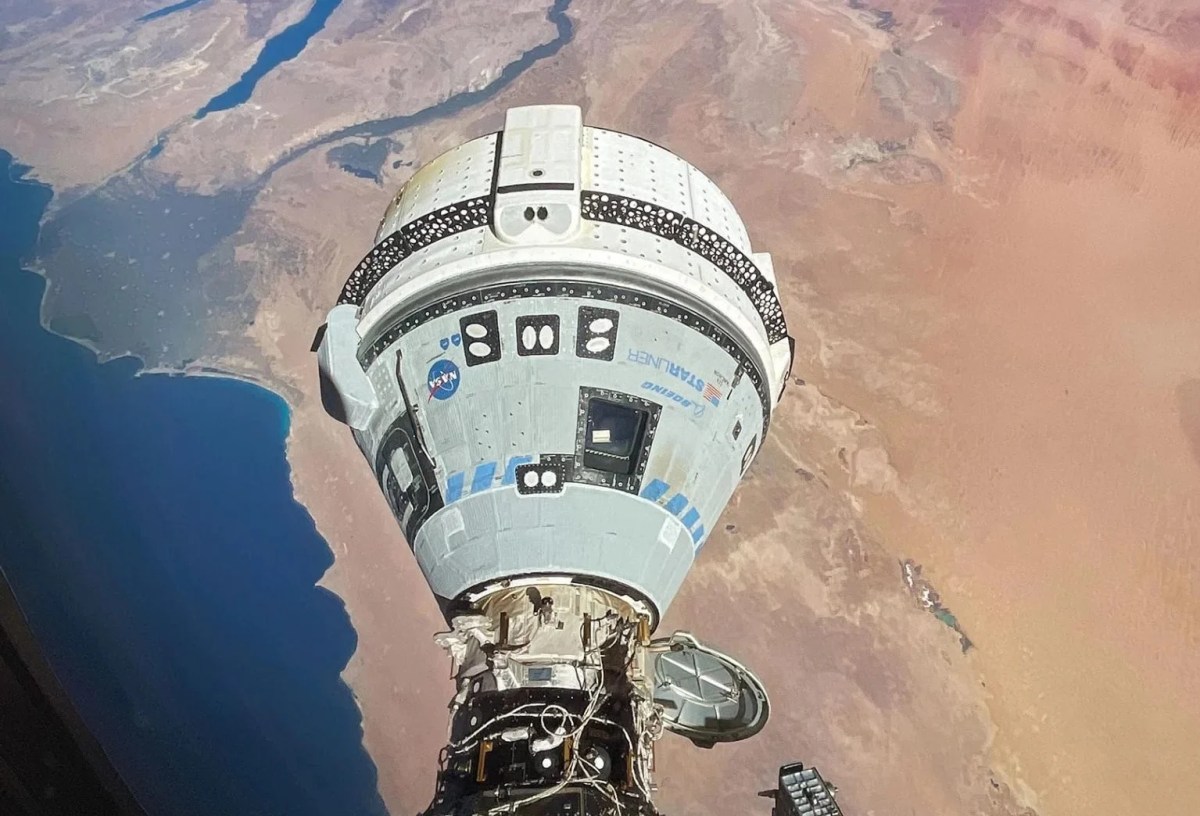
The delays are not over for Boeing’s Starliner capsule. After years of delays, the aerospace giant finally launched the spacecraft earlier this month, but the two-person crew is currently due to spend more than double the planned amount of time in space due to continuing technical issues on orbit.
On Tuesday, NASA and Boeing officials confirmed that spaceflight veterans Butch Wilmore and Suni Williams will now return to Earth on June 26, instead of the originally planned date of June 14. In other words, they’ll be spending at least twenty days on board the International Space Station instead of just eight.
The delay is to “give our team a little bit more time to look at the data, do some analyses, and make sure we’re really ready to come home,” NASA official Steve Stich said during a news conference Tuesday.
Engineers will continue to take a hard look at the technical problems Starliner has encountered so far during this demonstration mission, including persistent helium leaks in the propulsion system and several thrusters that stopped working when the capsule was in the final phase of rendezvousing with the ISS.
Four of the five thrusters that failed have been resolved during the spacecraft’s approach to the ISS, but one thruster has remained offline, and engineers have decided to forgo further attempts to bring it back online. However, Starliner has 28 thrusters overall, so a single one malfunctioning will not affect the spacecraft’s ability to undock from the ISS or fail to set the two astronauts on the correct path back to Earth. Engineers are also confident that the helium leak rate would not affect Starliner being able to complete its remaining objectives, though they are still trying to determine the exact cause of the problem.
Part of the reason why engineers are taking their time to understand the issues is because the thrusters and the helium leaks are located in a part of the spacecraft known as the service module, which burns up in the atmosphere during reentry, Stich said.
Should engineers feel they have gathered the data they need on the vehicle, and that it’s fit for flight, mission commander Wilmore and co-pilot Williams would undock from the ISS on June 25 and land at New Mexico’s White Sands Test Facility at 1:51 AM PT the following day. The next opportunity for landing would be on July 2.
Starliner is Boeing’s long-awaited astronaut transportation solution, meant to be a second option to SpaceX’s Dragon capsule that’s been taxiing crew to and from the ISS since 2020. This flight test is the final step before NASA certifies Starliner to start carrying out regular missions, the first of which could take place as soon as early 2025. While Stich was clear that no decision had been made as to whether to stick to that schedule, he did say that the helium leaks and thruster issues would need to be fully understood and resolved prior to that first mission.
